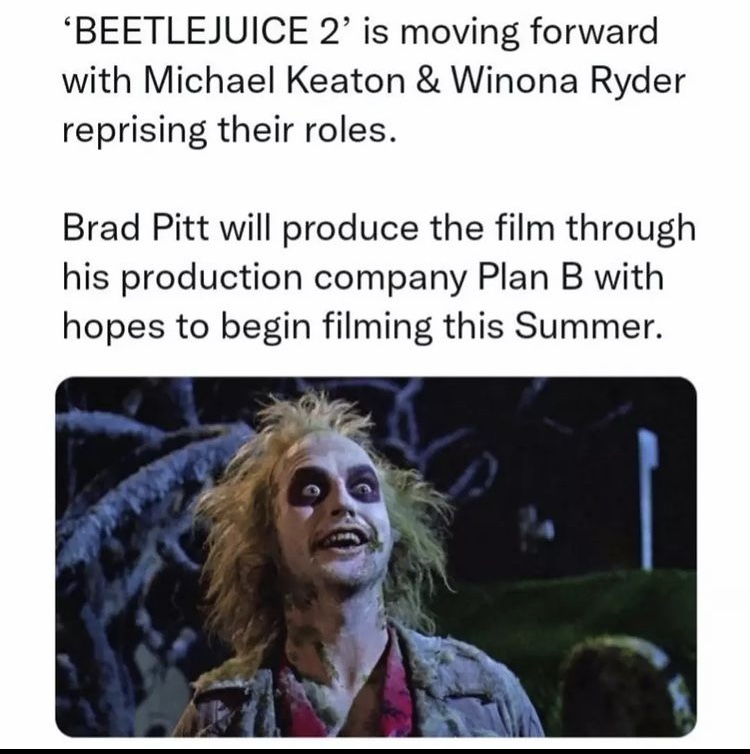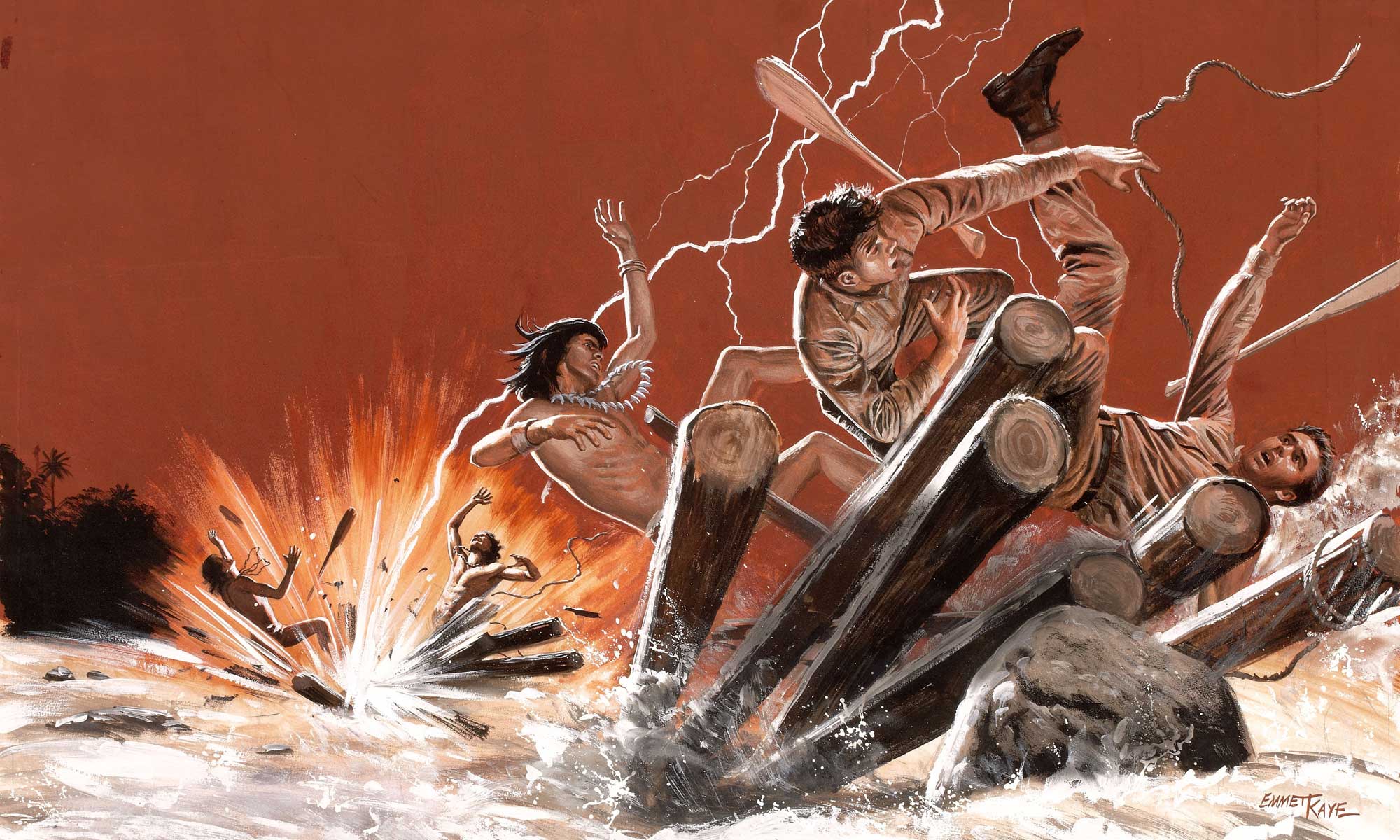I have zero desire to watch the same film over. The nostalgiafication of Star Wars was nauseating.
How Much For The Whole Collection?
This is the same guy who did the Clockwork Orange location tour I posted not too long ago. I’m slightly obsessed with his channel at the moment.
It’s A Gift
If you like W.C. Fields and haven’t seen It’s A Gift, it’s a must-see. Here’s another scene.
The Wilhelm Scream
It’s positively ubiquitous! According to Gizmodo …
The sound effect that’s been heard in countless movies and TV shows over the decades technically has two birthdays. As a sound itself, it originally debuted in the 1951 film Distant Drums from singer-songwriter Sheb Wooley. But it was officially given its name with the minor character of Private Wilhelm in The Charge at Feather River, a western that came out July 11, 1953. In that movie, Wilhelm (played by actor Ralph Brooks) screams after being shot in the thigh with an arrow, which would come to define its use: in all of its appearances in future media, it would be used when someone got shot, blasted back by an explosion, or fell from a high distance.
Recently, CBS News did a story on the Wilhelm Scream, and the outlet revealed that it managed to find a tape with the first recording session Wooley did for the scream. CalArts researcher Craig Smith explained to CBS that he found the tape among many from the archives of the University of Southern California’s film school that were close to being trashed.
New Wes Anderson
I like most of Wes Anderson’s films. They are quirky for sure, and not for everyone. I like his color palette, and symmetry. The script is usually pretty odd, but sometimes funny. This new one has another ensemble cast, but based on this trailer, I think it might be a miss. That being said, I don’t think any of his trailers make the films look great…
Any of you bastards fans of Wes Anderson?
Cello!
I watched Tár this week. The featured musical pieces include Mahler’s Symphony No. 5 and Elgar’s Cello Concerto in E Minor (above). The subtleties are lost on my underdeveloped musical perceiving apparatus, but I rather enjoyed the passages from Elgar.
Also, and independently, I learned that the lyric from “A Quick One While He’s Away” is not
cello cello cello cello cello cello cello
but
jerrald jerrald jerrald jerrald jerrald jerrald jerrald
They Called Her … The Little Girl Who Lives Down The Lane
This trailer scared the shit out of me as a kid. Turns out, it’s based on an excellent Laird Koenig book from 1974. I just finished it on Kindle, so I may have to see if I can find the movie streaming somewhere.
Down in the Sand

Alan Splet, who worked with David Lynch, remains my sound design hero. And we all acknowledge Ben Burtt. But these Doooooon guys (Mark Mangini and Theo Green) put on a show. I realized from the first minute watching it that the sound was going to be fantastic, and a new article provides some insight:
By way of explaining it to me, Mangini ground his work boot into the soft patch of sand that he had dusted with Rice Krispies. The sand produced a subtle, beguiling crunch, and Villeneuve broke out into a big smile. Though he’d heard it plenty of times in postproduction, he had no idea what the sound designers had concocted to capture that sound.
“I wanted Theo and Mark to have the proper time to investigate and explore and make mistakes,” Villeneuve said. “It’s something I got really traumatized by with my early movies, where you spend years working on a screenplay, then months shooting and editing it, and then right at the end, the sound guy comes and you barely have enough time.”
By hiring his sound designers early and setting them loose, Villeneuve could even take some of their discoveries and weave them into Hans Zimmer’s score, producing a holistic aural experience where the percussive music composition and pervasive sound design can sometimes be mistaken for one another.
And much like a band, the sounds of “Dune” benefited from some intriguing vocalists. To create the Voice, a persuasive way of speaking that allows Paul and his mother (Rebecca Ferguson) to draw on the power of their female ancestors — a witchy order called the Bene Gesserit — Villeneuve and his sound team cast three older women with smoky, commanding voices, then layered their line readings over those of Chalamet and Ferguson.
– Kyle Buchanan, NYT
One of the older women with a smoky voice? Marianne Faithfull.
Yeah No Thanks

It’s funny, when I had met with Tim about it last, and we’re talking about five years ago at this point, the reason that it’s so hard to get going is because so many people love it and because there are 10 million ways to get that sequel wrong and four ways to get it right. It’s such a very fine needle to thread that I certainly didn’t get it there, on the script side. I didn’t thread the needle. There are things that were cool and some interesting ideas. I’ve certainly emotionally moved on from it and just said, “If it happens someday, it happens.”
– Seth Grahame-Smith, writer of The Lego Batman Movie
Texas Porn Star Massacre?
The plot of this one has been put out there a lot, but I’ll watch pretty much anything done by A24.
